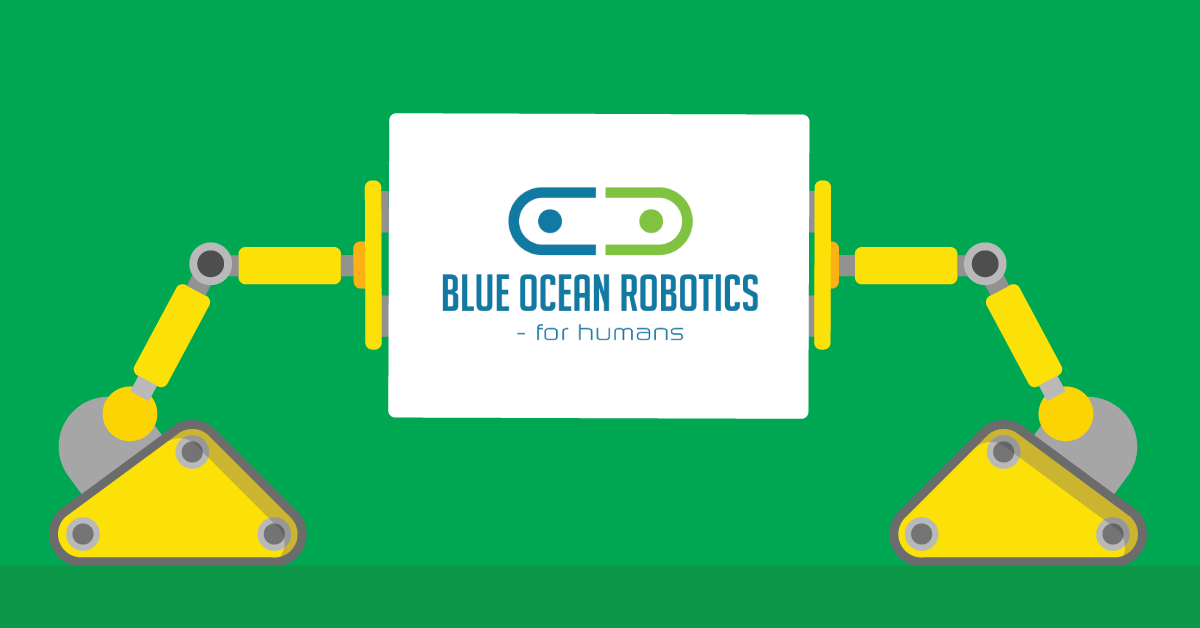Blue Ocean Robotics’ first self-developed robot, the WallMo 100, hits the market soon, and the release of this robot, which can move and install walls in offices and businesses, is a major step for the company’s development teams in Denmark and Lithuania.
This autumn, Danish robot development company Blue Ocean Robotics, which has a development office in Vilnius, will premiere its first ‘baby’: the WallMo 100 building robot. Given that the company is just two and a half years old, the launch of their first fully developed robot represents a rapid turnaround.
The WallMo is a small robot that can tow and install glass walls and wall panels in buildings, and is designed for use in offices or for manufacturing companies. It can carry items up to three meters long and weighing up to 90 kg. Currently these tasks need two or three construction workers to perform.
Blue Ocean Robotics has been careful not to make the robot too big to manoeuver indoors, and as a result the Wallmo is only 60 centimeters wide. “It means that it can get into any elevator,” explains engineer and director of WallMo company, Lars Andresen. “We expect to run a 0-series in November and deliver the first robot in December. We have already received our first orders, and we expect to produce and sell about 100 robots next year.”
Demand from the construction industry
Despite its small size, the WallMo, whose name is an abbreviation of Wall Mounting, is able to turn panels around in all three dimensions and thus maneuver them into position. Therefore, walls can be fitted in tight spaces without bumping against the ceiling and the floor.
The gripper can rotate 110 degrees in all three directions and the robot will be partly self-propelled. “You can call it a collaborative robot,” he says.
According to Mr Andresen, the construction industry has been anticipating the development of a robot that can transport walls and windows around building sites for a long time. “Until now, no one has been able to meet technicians’ specifications. There are machines that can lift and handle walling, but they cannot fit them. By contrast, our robot can also mount the elements,” he said.
WallMo therefore believe that there is a huge untapped market for these robots. “We have an indication that market demand in Scandinavia alone is around 1,000 robots. In Europe, we estimate demand for 24,000,” says Lars Andresen, whose track record includes having been the development and sales director at Senmatic.
Today he works alternately in Lithuania and at Blue Ocean’s headquarters in Odense, Denmark. We met him in the premises in Odense, where young roboticists are engrossed in testing different robots in the corridors.
Blue Ocean have around five robotics specialists in Lithuania and five in Odense developing the robot. “Blue Ocean Robotics worked on the concept for nine months. We developed the first prototype in four months and the finished robot took almost a year,” says Mr Andresen.
A three-way collaboration
The practical work has been done at Blue Ocean’s facility in Lithuania, thanks to its specific production capacities. In addition, the company has worked in collaboration with Kaunas Technology University in Lithuania.
The WallMo 100 was also developed in close cooperation with the Danish company Deko. They sell and install moveable walls, employing nearly 200 engineers who mount moveable walls in buildings on a daily basis. Deko typically perform major tasks in industrial, commercial and institutional facilities.
“There are many Deko-employees who have given us feedback on different aspects of the work,” says Mr Andresen.
As a result of this collaborative approach, the WallMo company has three equal partners: Blue Ocean Robotics, Deko and Borean Innovation.
Vacuum in the frame
The robot is designed from the ground up, with the company making use of many standard components along the way.
“We have designed the Gripper system ourselves. It lifts the wall frames using a vacuum. Instead of having a special vacuum container, we have chosen to use the whole frame of the robot for the vacuum. This provides a great safety buffer, meaning that the robot will be able to maintain its lifting capacity for 10 to 15 minutes, in the event of the vacuum pump stopping working,” says Mr Andresen.
Safety features a priority
The WallMo 100 is equipped with multiple safety systems. Firstly, the arm of the robot is restricted within certain limits. Secondly, a gyrometer constantly checks that the robot is actually in balance, sounding an alarm if it begins to move out of balance.
Mr Andresen explains that the remote control was inspired by standard crane controls. “We did not want to go wireless in the first version, because we are unsure of the safety concerns. And there are quite a number of safety standards that must be met. Among others, we have added a feature telling the robot that if the remote control is in the hands of an operator, it must stand still.”
The WallMo robot is a ready to use robot, and updated versions will be released in the future as the design and functionality is refined. One development Mr Andresen foresees is the robot being able to move around obstacles using vision. And he sees opportunities beyond the installation of wall and window panels. “‘There may be many possibilities. The robot could be used for anything that needs to be mounted in a vertical position or around the vertical.”
Read the full article at ing.dk













